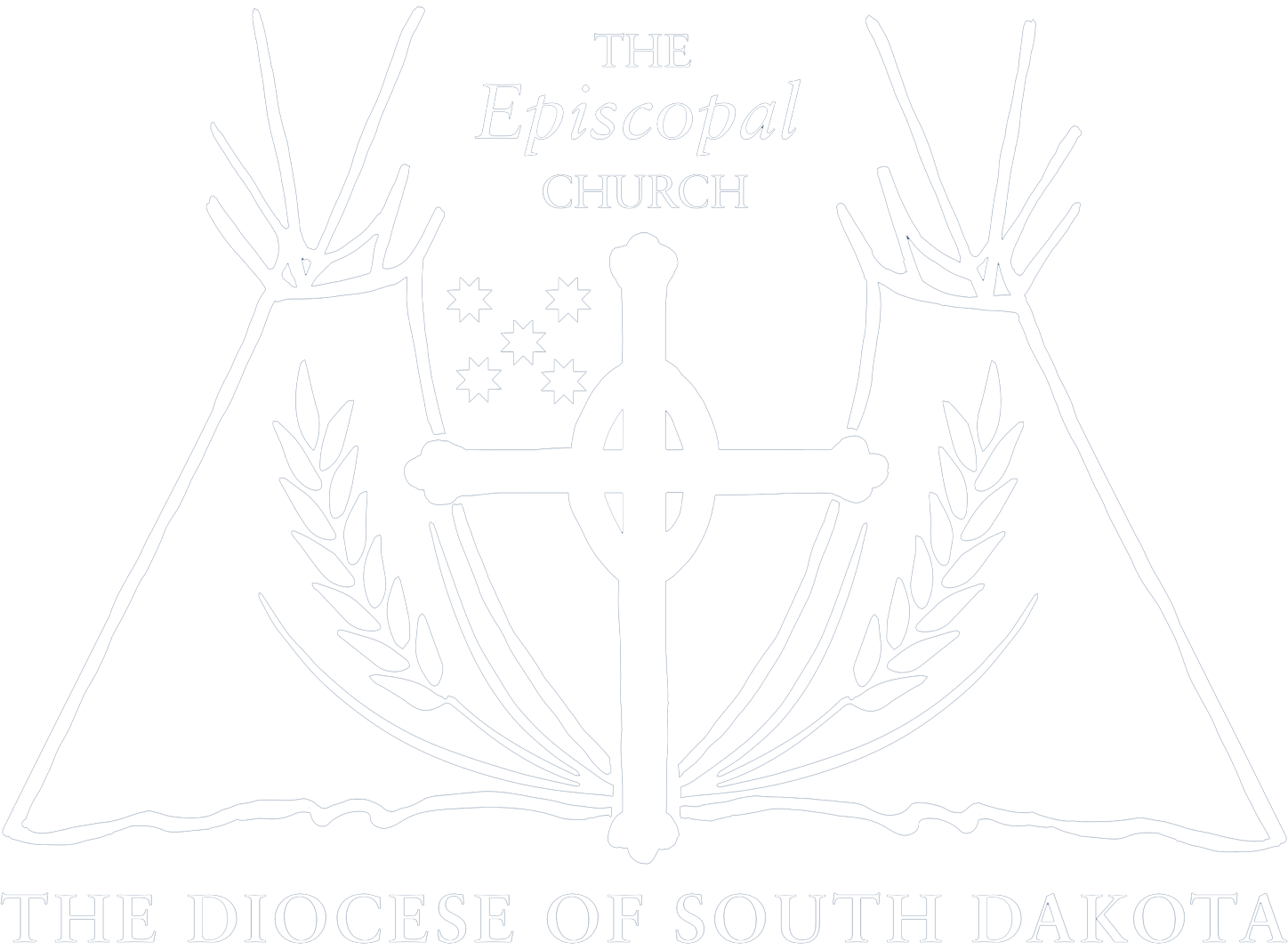The Episcopal Church in South Dakota
Explanation of the Niobrara Cross

Here is a summary about the design of the Niobrara Cross, given to those who are confirmed in South Dakota:
Certificates of Baptism and Confirmation meant nothing to Indian converts who could not read. Bishop Hare desired to give to those who took upon themselves obligations as Christians some token that would not only mark them as communicants, but also serve as a constant reminder to them of their Christian calling. He therefore in 1874 designed a cross to serve this purpose.
The oval in the center is his episcopal seal. Around its margin in Latin is inscribed “The Seal of William Hobart Hare, by the grace of God Bishop of Niobrara.” The Greek letters on the cross, which quarters the oval read, “That they may have life.” In each angle of the cross is a tipi surmounted by a small cross. The seal signifies that Christ has come to the Dakotas and gathered them under the protection of the cross, that they have accepted him, and their homes have become Christian homes.
Explanation of the Episcopal Shield

This symbol, which you will see at every Episcopal Church, is the official “logo” of the Episcopal Church (TEC), and represents our history.
The red Cross of St. George on a white field is symbolic of the Church of England.
The blue field in the upper left corner is the Episcopal Church. It features a Cross of St. Andrew, in re-cognition of the fact that the first American bishop was consecrated in Scotland. This cross is made up of nine cross-lets or mini crosses, which represent the nine dioceses that met in Philadelphia in 1789 to form the Protestant Episcopal Church of the U.S.A.
Explanation of the Diocesan Seal

Sigillum Diocesis Dakota Meridiana
Means “Seal of the Diocese of South Dakota”
The Diocese was founded in 1858.
The Bishop’s Mitre is a symbol of the episcopacy, and is placed over the Niobrara Cross (see the description of the cross above).
